Asbestos Testing Costs 2024
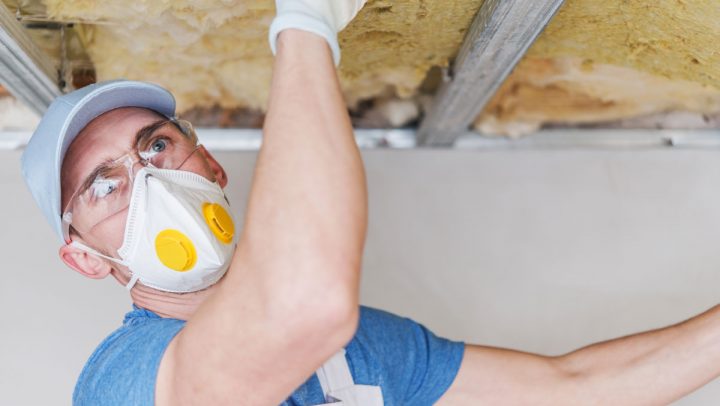
Read on to learn more about Asbestos Testing Costs in 2024 Average Costs: Range: $200 to $1,000+ Typical residential inspection: $225 to $600 Airborne asbestos testing: $500 to $1,000+ Factors Affecting Cost: Type of test: Simple air clearance tests are typically cheaper than bulk sample analysis or comprehensive inspections. Number of samples: More samples naturally mean higher costs. Size of […]
Class 3 OSHA Operations & Maintenance Level Training Information
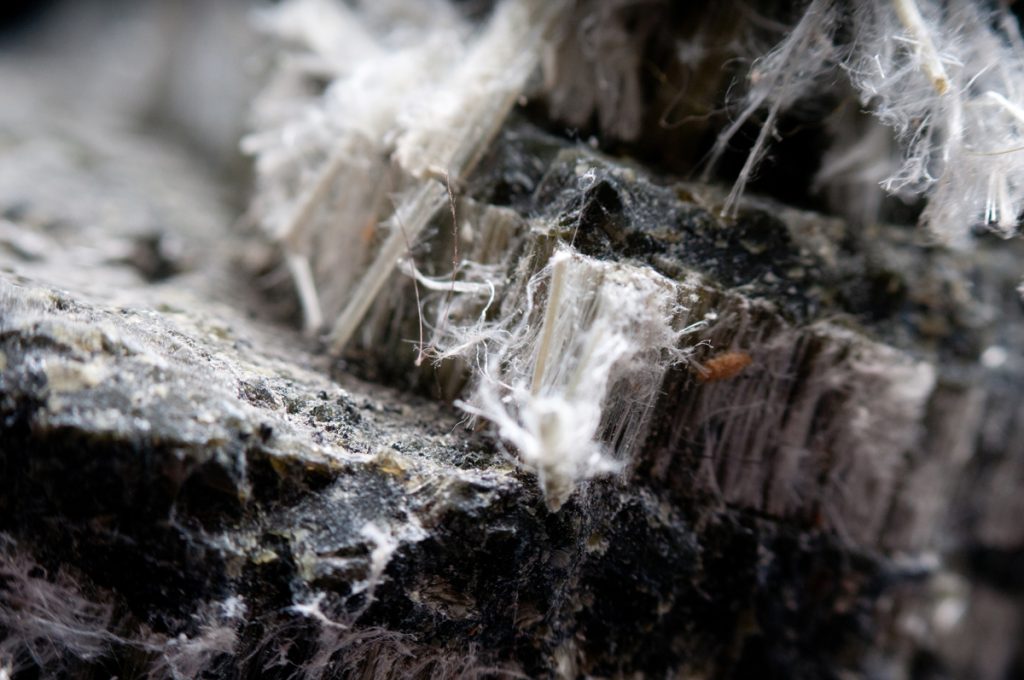
Read on to learn more about our Class 3 OSHA Operations & Maintenance Level Training. The Operations & Maintenance Initial course meets all EPA AHERA and OSHA requirements. This Asbestos Operations & Maintenance Initial training certifies individuals to perform operations, maintenance and repair activities which may disturb minor quantities of ACM, PACM or asbestos material. This […]
Asbestos Certifications
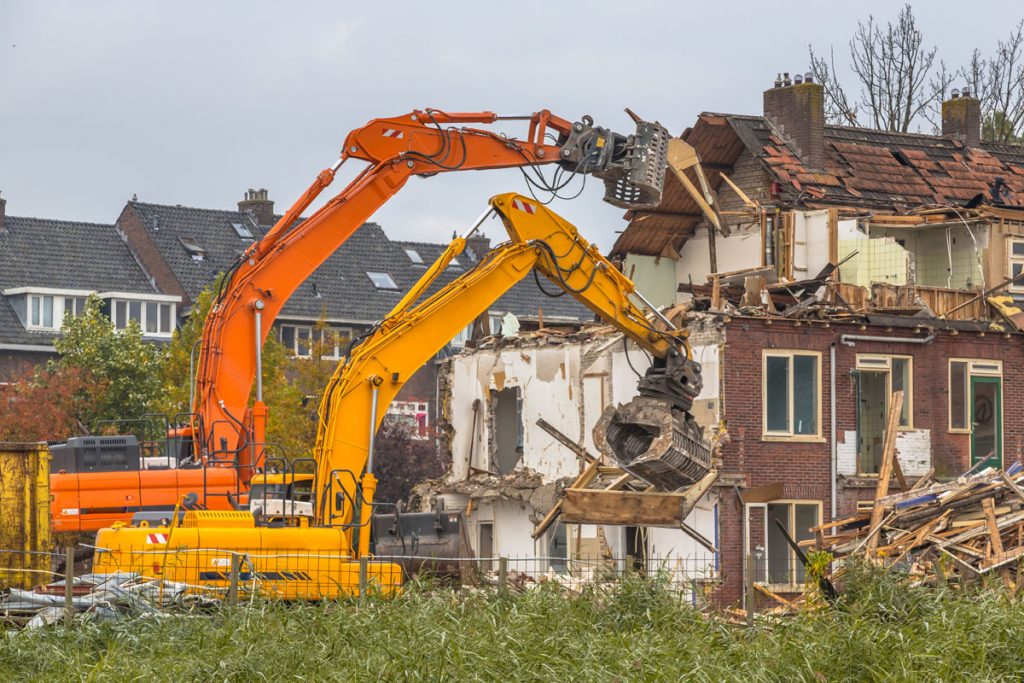
Asbestos is often found in older buildings and represents a serious hazard to health for those who encounter it. At one time because of its low cost and high resistance factors, it was a common material used in many kinds of buildings from the 1940s until 1990. Boiler and pipe insulation may also contain asbestos […]
How Can I Tell If My Home Contains Asbestos

Determining if your home contains asbestos can be challenging because asbestos fibers are not visible to the naked eye. Asbestos was commonly used in various building materials until it was largely banned for residential use due to health concerns. To assess the presence of asbestos in your home, consider the following steps: Know the Age […]
Insulating Existing Walls

nsulating existing walls can be a beneficial home improvement project that helps improve energy efficiency, maintain comfortable indoor temperatures, and reduce heating and cooling costs. The method you choose for insulating existing walls depends on various factors, including the type of wall construction and your budget. Here are some common methods for insulating existing […]
Update on Regulations Affecting Asbestos
10/19/2003 Our current federal asbestos regulations that you are all familiar with (NESHAP, AHERA, MAP and OSHA) have been with us in some form since about 1970 and have not changed since about 1994 (about 30 years). The EPA asbestos NESHAP (National Emission Standards for Hazardous Air Pollutants) regulates the generation through disposal of regulated […]
Why You Should Not Touch Asbestos

Asbestos is a naturally occurring mineral fiber that was once commonly used in various construction and industrial applications due to its heat-resistant and insulating properties. However, asbestos is now known to be highly hazardous to human health. Here are some reasons why you should not touch or disturb asbestos: Health Risks: Asbestos fibers are microscopic […]
Will Asbestos Ever Be Safe?

Asbestos, a naturally occurring mineral fiber, has been widely recognized as a health hazard due to its association with serious diseases such as lung cancer, mesothelioma, and asbestosis. Given its well-documented health risks, it is unlikely that asbestos will ever be considered completely safe. However, steps can be taken to mitigate its risks and reduce […]
Honesty in The Asbestos Control Industry
The following are common talking points in the Asbestos industry…. followed by a few clarifying notes… How many people die each year from an asbestos disease in the U.S.? 40,0001 20,0002 15,0003 “thousands”4 Where does the asbestos exposure come from? How long is an asbestos latency period? How does banning use and imports lower the […]
Does Asbestos Poison The Ground?
No, asbestos does not poison the ground. Asbestos is a naturally occurring mineral fiber that is not water-soluble. This means that it cannot dissolve in water and seep into the ground. However, asbestos can be released into the air when it is disturbed, such as during demolition or renovation work. If inhaled, asbestos fibers can […]
What Were The Advantages of Asbestos

Asbestos is a naturally occurring mineral fiber that has been used in a variety of products for its fire resistance, strength, and durability. Some of the advantages of asbestos include: Fire resistance: Asbestos is highly resistant to heat and flames, making it a good material for fireproofing. It was often used in construction materials, such as […]
Asbestos and Government Agencies
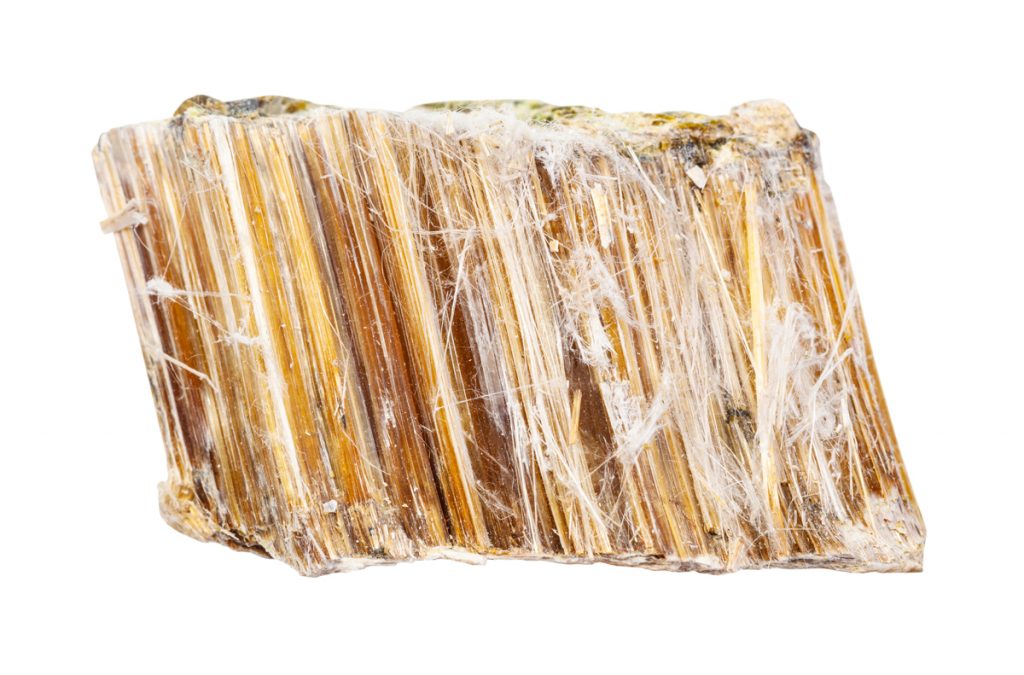
The Centers for Disease Control and Prevention alongside The National Institute for Occupational Safety and Health have published a number of peer reviewed guidelines regarding asbestos in the work place. Read on to learn more: https://www.cdc.gov/niosh/topics/asbestos/default.html Asbestos, OSHA & AHERA Training Via Classroom & Online The Asbestos Institute has provided EPA and Cal/OSHA-accredited safety training […]
Understanding Asbestos And Cancer

The following article is a fully sourced academic report from the University of Hawaii at Manoa. Summary More than 20 million people in the U.S., and many more worldwide, who have been exposed to asbestos are at risk of developing mesothelioma, a malignant cancer of the membranes that cover the lungs and abdomen that is […]
Where Can You Find Hidden Asbestos?

Asbestos can be found in many unexpected places. Here are ten spots where asbestos may be found where you may not realize it. read on to learn more. Seals And Sealants Asbestos was often used in caulking in windows and doors until the 1970’s. It was also used on furnace doors, gasket seals, old coal […]
Asbestos In Household and Industrial Appliances
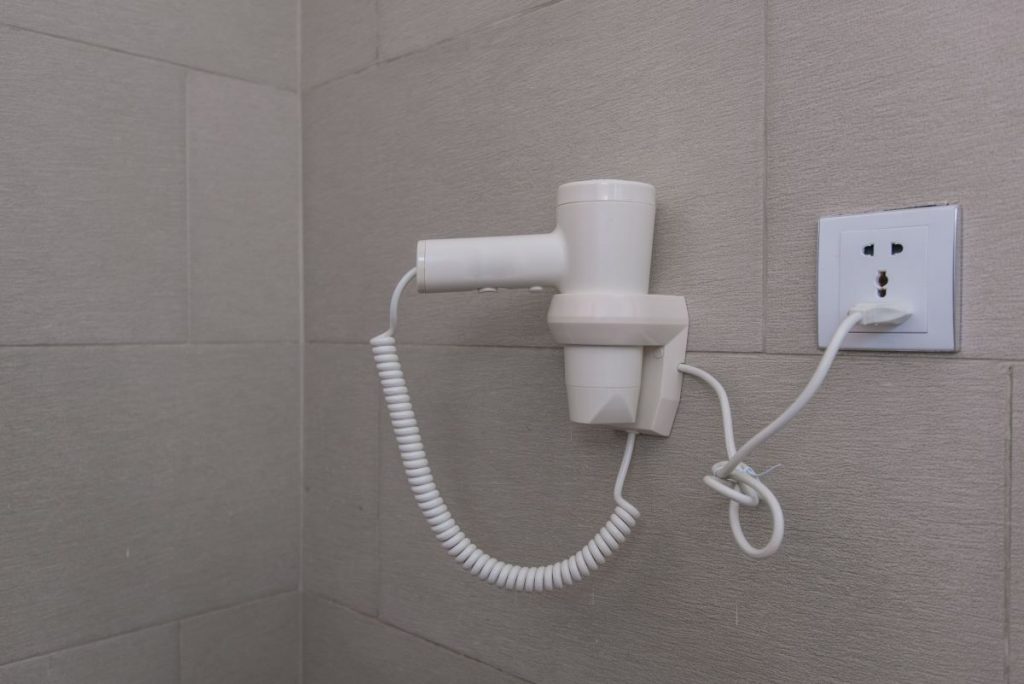
Products that once contained asbestos can be broadly divided into three ranges of products. Read on to learn more. Handheld and Small Appliances Handheld and smaller-than-a-breadbox sized items that had to be both lightweight and heat resistant often made it onto this list. Also, items that may have contained no major asbestos component may still […]
What Makes Asbestos Dangerous?

Asbestos fibers most often enter the body is through breathing . Several of the fibers become trapped in the mucous membranes of the throat and nose where they can then be removed, but some can get into the lungs, or, if swallowed, into the digestive tract. Asbestos is most hazardous when it is friable, meaning […]
Common Places To Find Asbestos

Asbestos can be found in many unexpected places. Here are ten spots where asbestos may be found where you may not realize it. read on to learn more. Seals And Sealants Asbestos was often used in caulking in windows and doors until the 1970’s. It was also used on furnace doors, gasket seals, old coal […]
What is Asbestosis?
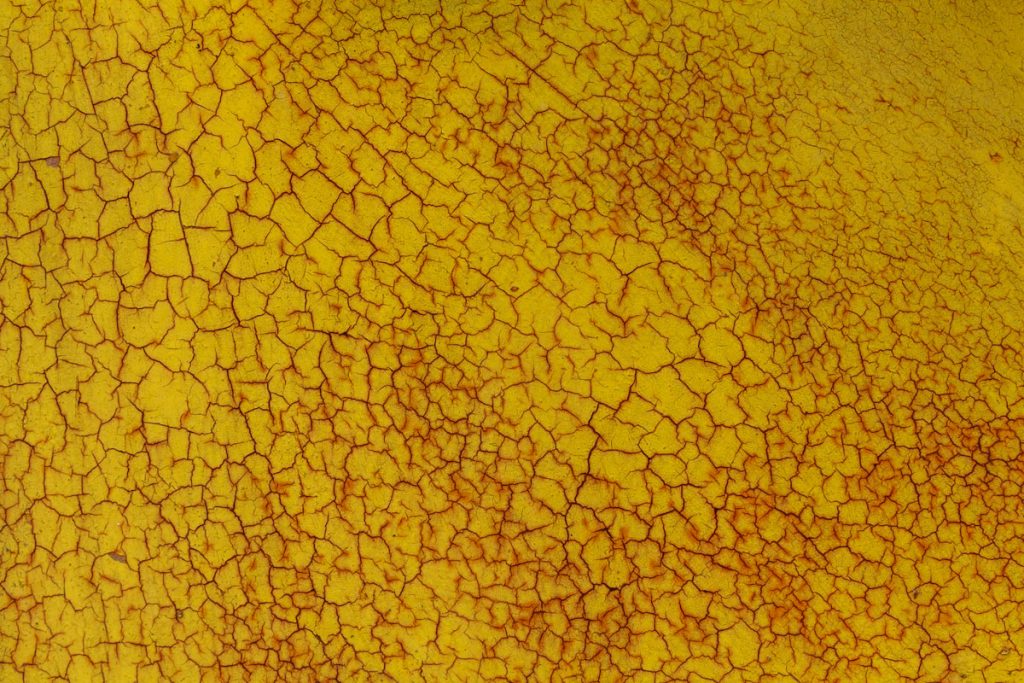
Here is the Mayo Clinic’s definition of asbestosis: Asbestosis (as-bes-TOE-sis) is a chronic lung disease caused by inhaling asbestos fibers. Prolonged exposure to these fibers can cause lung tissue scarring and shortness of breath. Asbestosis symptoms can range from mild to severe, and usually don’t appear until many years after continued exposure. Asbestos is a […]
Asbestos Tile Removal Costs 2023
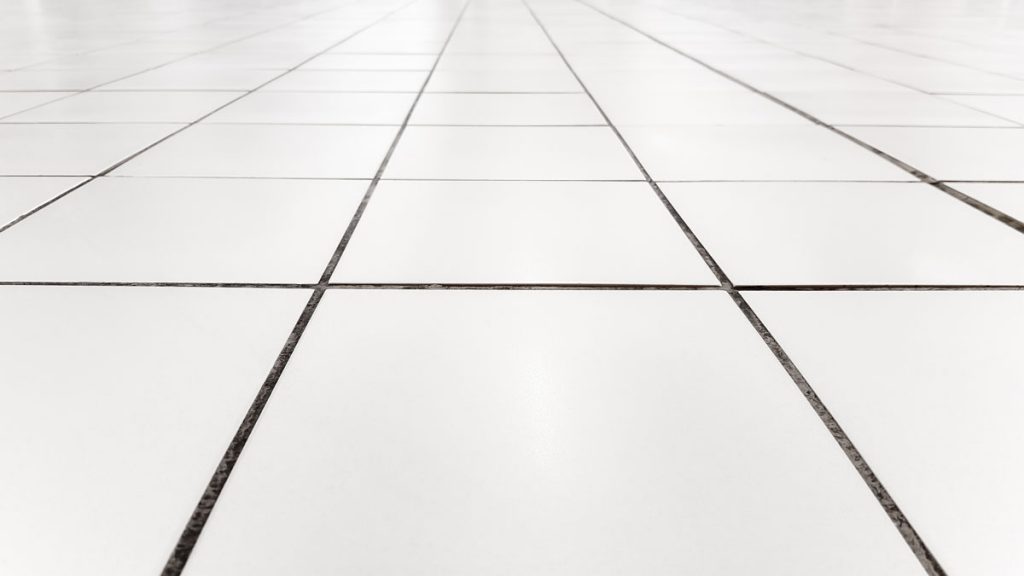
Asbestos tile removal costs an average of $3,250 with costs ranging from $1,500 to in excess of $5,000 for the US in 2023. Read on to learn more. An inspection will most likely be needed and a report made to a third party company so levels of asbestos can be confirmed. Once that is done, […]
Popcorn Ceiling Removal Cost 2023

How much does it cost to remove a popcorn ceiling? You can expect to pay about $1.50 per sq. ft. on average or $1 to $2 per sq. ft. for popcorn ceiling removal that may or may not contain asbestos. According to homeguide.com popcorn ceiling removal costs about $1.50 per sq. ft. with average prices […]
The Difference Between Cellulose and Asbestos Insulation 2023
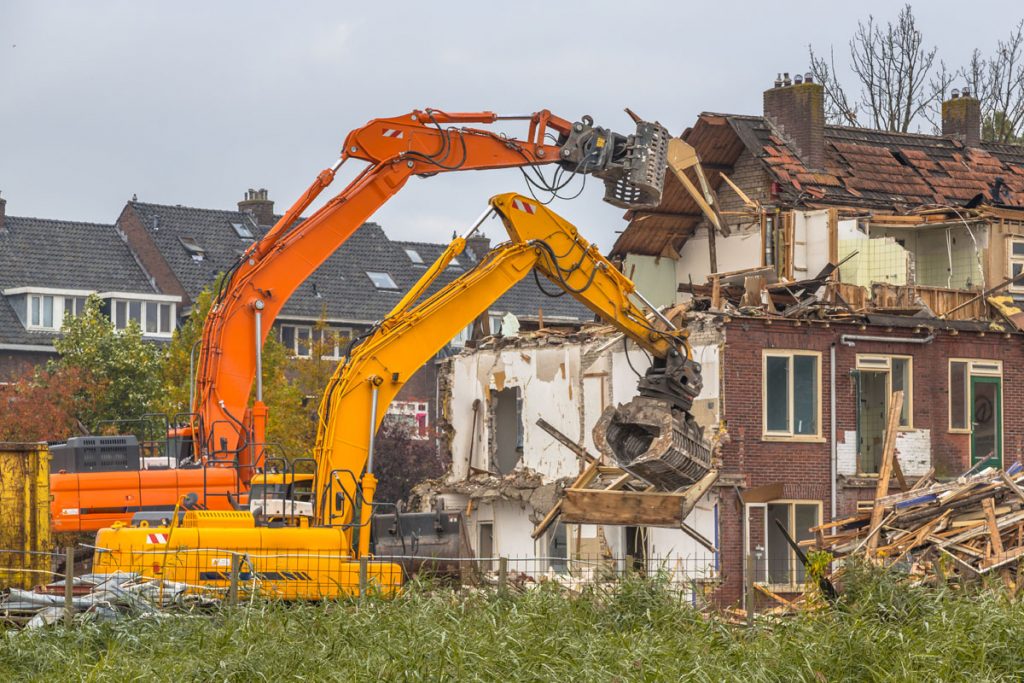
With asbestos still being used as a very commonly used fire retardant and a very popular insulator right until the end of the 1980’s. It was very versatile, affordable and it could be used in tiles and blow it with another material, vermiculite. Differences Between Asbestos And Cellulose Insulation Before we review the differences between […]
Asbestos Testing Costs 2023

The average for asbestos testing is about $517, with a typical range around $225 and $808. It may cost as low as $90 or high as $2,000 for the US in 2023. Testing costs increase with the buildings size and how complex the project is. From around the 1900’s to around the 1970’s, contractors utilized this natural silicate in homes […]
Asbestos In Vehicle Parts

Asbestos has been a component in linings, clutch facings, and brakes pads for a long time and millions of them on the shelf of an auto parts store or operating in vehicles can still be found today. That said they are not normally used in the production of new components. Read on to learn more. […]
Asbestos In Homes

Window and door seals Asbestos can be found in caulk or sealant products which are placed on windows and doors. The material’s heat resistance is suitable to keeping temperate air from passing through the sealant. Caulk with asbestos was also once used to increase the efficiency of gasket seals found in furnace doors. Apart from […]
Finding Hidden Asbestos

Asbestos can be found in many unexpected places. Here are ten spots where asbestos may be found where you may not realize it. read on to learn more. Seals And Sealants Asbestos was often used in caulking in windows and doors until the 1970’s. It was also used on furnace doors, gasket seals, old coal […]

